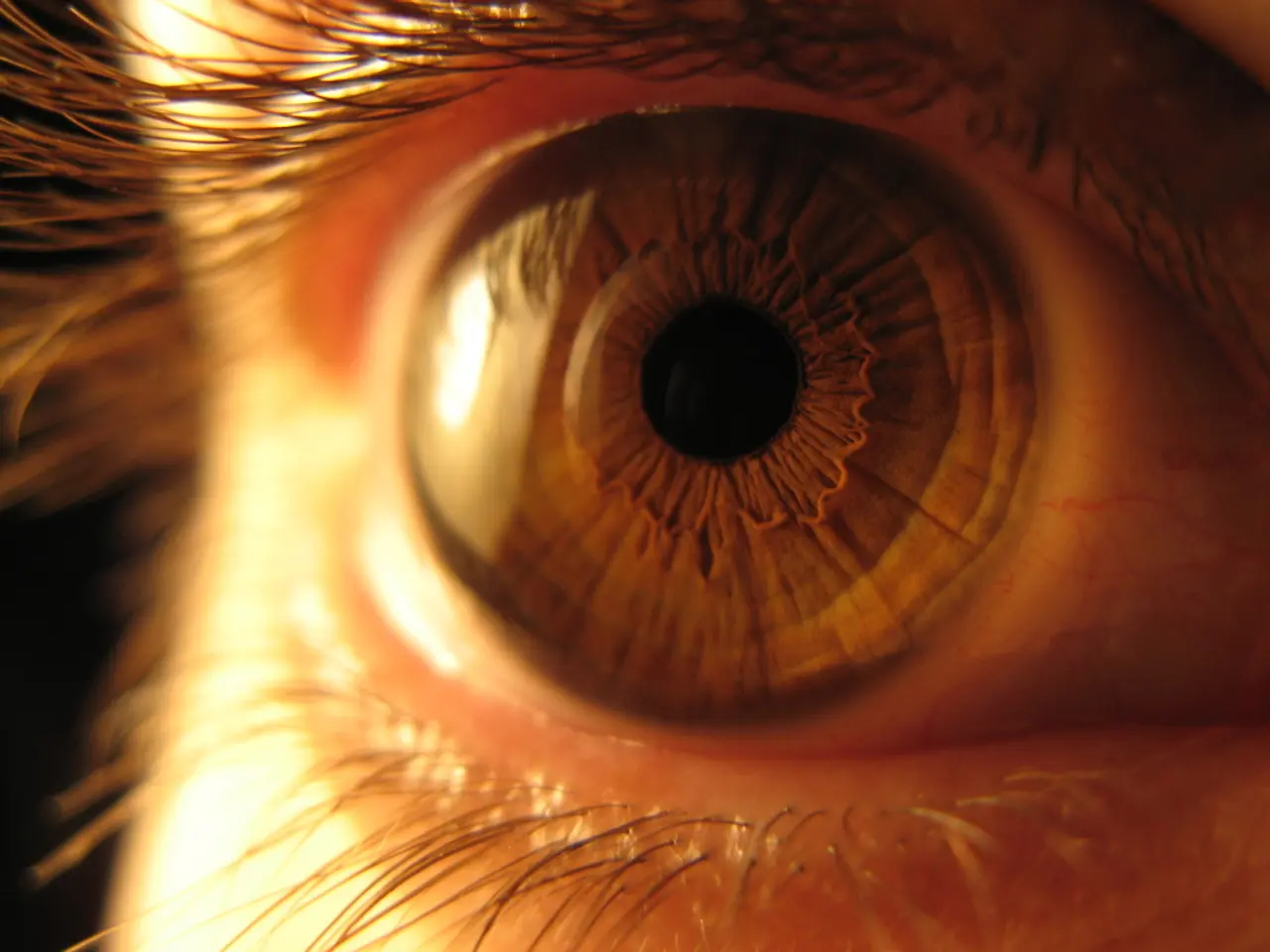Chalazion: An Examination of a Tear Gland Lump
Chalazia, a common eye condition, is characterized by a painless, firm lump that forms on the eyelid. This article will delve into the causes, symptoms, and treatment options for chalazia.
Causes and Risk Factors
Chalazia are typically caused by the blockage and thickening of the oil (meibomian) glands in the eyelids. Several factors contribute to this blockage, including chronic blepharitis (inflammation of eyelid margins), skin conditions such as acne rosacea and seborrheic dermatitis, poor eyelid hygiene, frequent eye rubbing or touching, a history of styes or repeated eyelid inflammation, oily skin, frequent use of eye makeup, systemic conditions like diabetes, and less commonly, infections or tuberculosis. Women may be at a slightly higher risk, and age is also a contributing factor, as chalazia are more common in adults.
Symptoms
Chalazia symptoms include a painless lump on the eyelid, swelling, redness, and in some cases, blurred vision. It's essential to seek medical attention if the chalazion persists for more than a few weeks, becomes painful or shows signs of infection, or if there are significant changes in vision.
Treatment
Treatment options for a chalazion include home remedies like warm compresses and gentle massage, medications, and in some cases, surgery. Maintaining good eyelid hygiene is crucial in preventing blockages in the meibomian glands. This includes washing daily with a gentle cleanser or eyelid scrub, removing all makeup before going to bed, and avoiding touching your eyes with dirty hands.
A healthcare professional can perform a minor surgical procedure to drain the chalazion, usually under local anesthesia. Oral antibiotics or anti-inflammatory medications may be recommended to reduce swelling and discomfort. A corticosteroid injection may be administered to reduce inflammation and promote healing.
Over-the-counter remedies like tea bags, which have anti-inflammatory properties, and diluted tea tree oil, due to its antibacterial properties, can help with chalazia. Topical antibiotics may be prescribed if there is a risk of infection.
Prevention
Regular visits to an eye care professional can help catch any potential issues early. Understanding the causes and risk factors associated with chalazia can help in taking proactive steps in maintaining eye health. Adopting good eyelid hygiene practices and avoiding factors that increase the likelihood of chalazia, such as poor hygiene, excessive eye rubbing, and certain skin conditions, can help prevent this condition.
In conclusion, chalazia, while common, can be managed effectively with a combination of home remedies, medications, and in some cases, surgery. By understanding the causes, symptoms, and treatment options, individuals can take proactive steps to maintain their eye health and prevent the development of chalazia.
Maintaining good eye health and wellness, which includes regular visits to an eye care professional, can help prevent the development of chalazia. Adopting a medical-wellness routine that includes good eyelid hygiene and avoiding factors that contribute to chalazia, such as poor hygiene, excessive eye rubbing, and certain skin conditions, can help reduce the risk of eye-health issues like chalazia.




